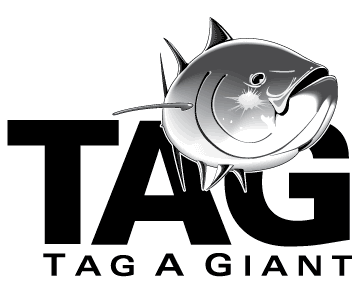Yoshifumi Sawada
Keynote, 20/1/16 @ 0830 hrs
In 2002, the life cycle of Pacific bluefin tuna (PBF) was closed under aquaculture condition in Kindai University, 32 years after the start of our tuna aquaculture project. That was the world’s first success for large tuna species accomplished by advanced technology at that time. Since then PBF aquaculture technology has further developed in Kindai University, and in recent years, the number of produced PBF juveniles has been increased to more than 200,000 which are distributed to the domestic tuna farmers. This means the industrialization of the PBF hatchery technology. In addition, the fourth generation of PBF was produced in 2012 by generation succession to improve PBF breed aiming future production with better efficiency. Although the present survival of artificially hatched PBF juveniles till they grow up to adults is still poor of approximately 5%, rearing technology continues developing day by day and it will be the same level as other cultured fishes. Therefore, in the near future, the supply of fingerlings in the present capture-based tuna aquaculture will be surely substituted by that of artificially hatched ones. However, due to the difficulties in finding appropriate farming sites and limited feed fish supply in the future, the complete substitution of bluefin tuna market supply by aquaculture cannot be the realistic solution for its sustainable market supply. Both the whole life cycle aquaculture and well-managed fisheries will be the solution, and only the further research and development enables it.
Contact: Y. Sawada, Professor, Kindai University, Japan, This email address is being protected from spambots. You need JavaScript enabled to view it.














